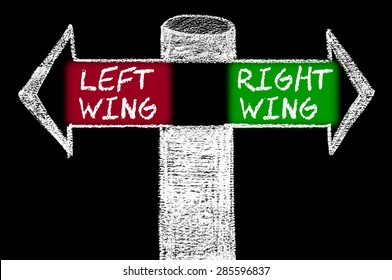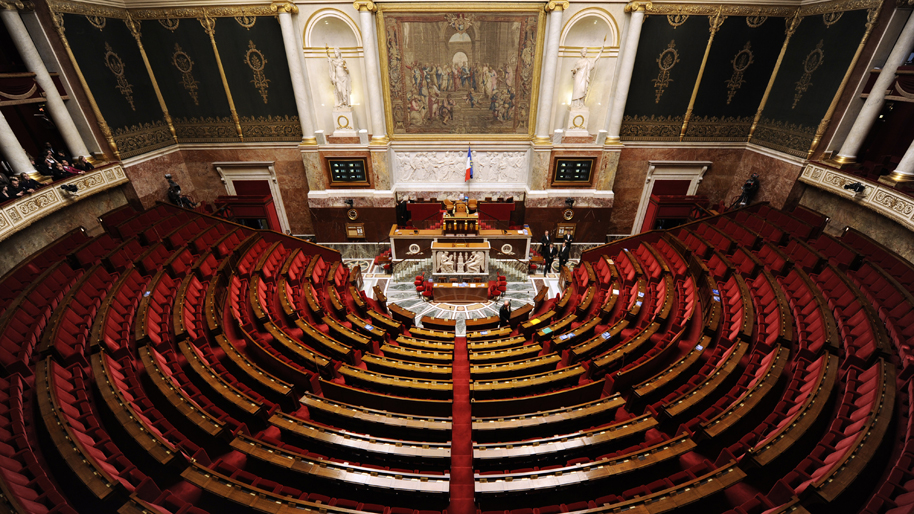What is Left Wing and Right Wing in Politics ?
In Politics we often use the terms "Left Wing" and "Right Wing" but do you know from where did such terms originate. In India we use the term "Rightist" to refer to the ruling Bhartiya Janata Party(BJP) and "Leftist" for the opposition parties i.e Indian National Congress(INC) etc. Today in this Blog I will discuss the origin of such terms and the meaning and Ideology each term has. But before starting I will tell you a story. Today we often take the ideas of Liberty, Freedom and Equality for granted. But we need to remind ourselves that these ideas also have a history. By looking at the French Revolution you will read a small part of the that history. The French Revolution led to the end of monarchy in France. A society based on privileges gave way to a new system of governance. The idea that all individuals had rights and could claim equality became part of a new language of politics. These notions of Equality and Freedom emerged as the central ideas of a new age; but in different countries they were reinterpreted and rethought in many different ways.
The Story of "Leftists" and "Rightists".
Let's go back in the mid-eighteen century when the world was ruled by monarchs, every state, every country had a ruler who belonged to an aristocrat family in those days rulers were made by dynastic succession which means that there was no concept of elections and only those people ruled a country who belonged to a ruling or a aristocrat family. Also during those times empires proved their dominion or power by winning wars, annexing weak empires into their kingdom, Polygamy was a common practice and it was a way of making political alliances with several kingdoms. The same case was with a country named France. In 1774, Louis XVI of the Bourbon family of kings ascended the throne of France. The French society in that time was divided in three estates namely Clergy, Nobility and Commoners. Clergy were those who belonged to the the Church (namely Priests), Nobility were those who belonged to the ruling aristocrat class and the government officials who were a part of the government and Commoners were those people who were peasants, artisans, labours, servants etc. Almost 90 percent of the population were peasants however only a small number of them owned the land they cultivated. About 60 percent of the land was owned by nobles, the Church and the other richer members of the third estate.
Members of the third estate were the most underprivileged and were made to suffer the most and members of the 1st and 2nd estate enjoyed many privileges. For example
- Only members of the third estate paid taxes. There were two types of separate taxes levied on them- "Tithe"-A tax levied by the Church, comprising one-tenth of the agricultural produce. "Taille"-Tax to be paid directly to the state.
- Member of the 1st and 2nd estate did not have to pay any taxes this included exemption from feudal dues.
- Peasants were obliged to render services to the lord-to work in his house and fields-to serve in the army or to participate in building roads.
This shows that the burden of financial activities of the state through taxes was borne by the third estate alone. Also members of the third estate represented 98 percent of the population of France and rest 2 percent was represented by the first and second estate.
King Louis XVI ascended the throne of France in 1774, upon his accession he found an empty treasury due to the following reasons.
- Long years of war had drained the financial resources of France
- Despite of the economic burden the king had constructed a extravagant court at the immense palace of Versailles which had a huge maintenance cost.
- The war added a Billion livres to a debt that had already risen to more than 2 Billion.





Comments
Post a Comment